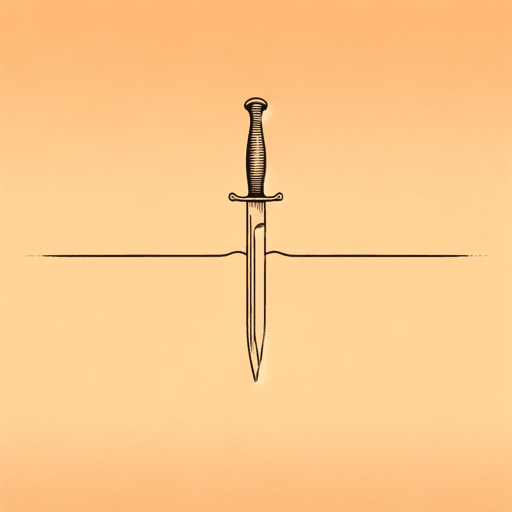57 pages • 1 hour read
Dave GrossmanOn Killing: The Psychological Cost of Learning to Kill in War and Society
Nonfiction | Book | Adult | Published in 1995A modern alternative to SparkNotes and CliffsNotes, SuperSummary offers high-quality Study Guides with detailed chapter summaries and analysis of major themes, characters, and more.
Section II, Chapters 1-8Chapter Summaries & Analyses
Section II, “Killing and Combat Trauma: The Role of Killing in Psychiatric Casualties”
Chapter 1 Summary: “The Nature of Psychiatric Casualties: The Psychological Price of War”
A soldier in combat has a greater chance of becoming a psychological casualty than being killed by the enemy. Indeed, 98% of those who endure sustained combat will develop symptoms of stress. The 2% who can withstand sustained combat have a “predisposition toward ‘aggressive psychopathic personalities’” (44). It was not until the 20th century that physical and logistic capabilities facilitated sustained combat for months at a time.
There are multiple forms of psychological casualties. Grossman cites several examples. Fatigue, an early symptom, causes the soldier to lose interest in activities and ultimately collapse. Soldiers can drift into confused states, in which there is a psychotic disassociation from reality and no awareness of identity or location, or experience “conversion hysteria” during or after combat that prevents them from functioning at all.
Additionally, soldiers can reach a level of anxiety that results in exhaustion and tenseness that cannot be cured by sleep. They can also go into an obsessional and compulsive state, resulting in tremors and hysterical reactions. Finally, soldiers can experience a character disorder in which personality changes can lead to rage, extreme religiosity, and ultimately “degeneration into a psychotic personality” (48). To treat these psychiatric problems, the soldier must be removed from combat.
Featured Collections
Books that Feature the Theme of...
View Collection
Community
View Collection
Guilt
View Collection
Hate & Anger
View Collection
Memorial Day Reads
View Collection
Military Reads
View Collection
Psychology
View Collection
Sexual Harassment & Violence
View Collection
Sociology
View Collection
War
View Collection

